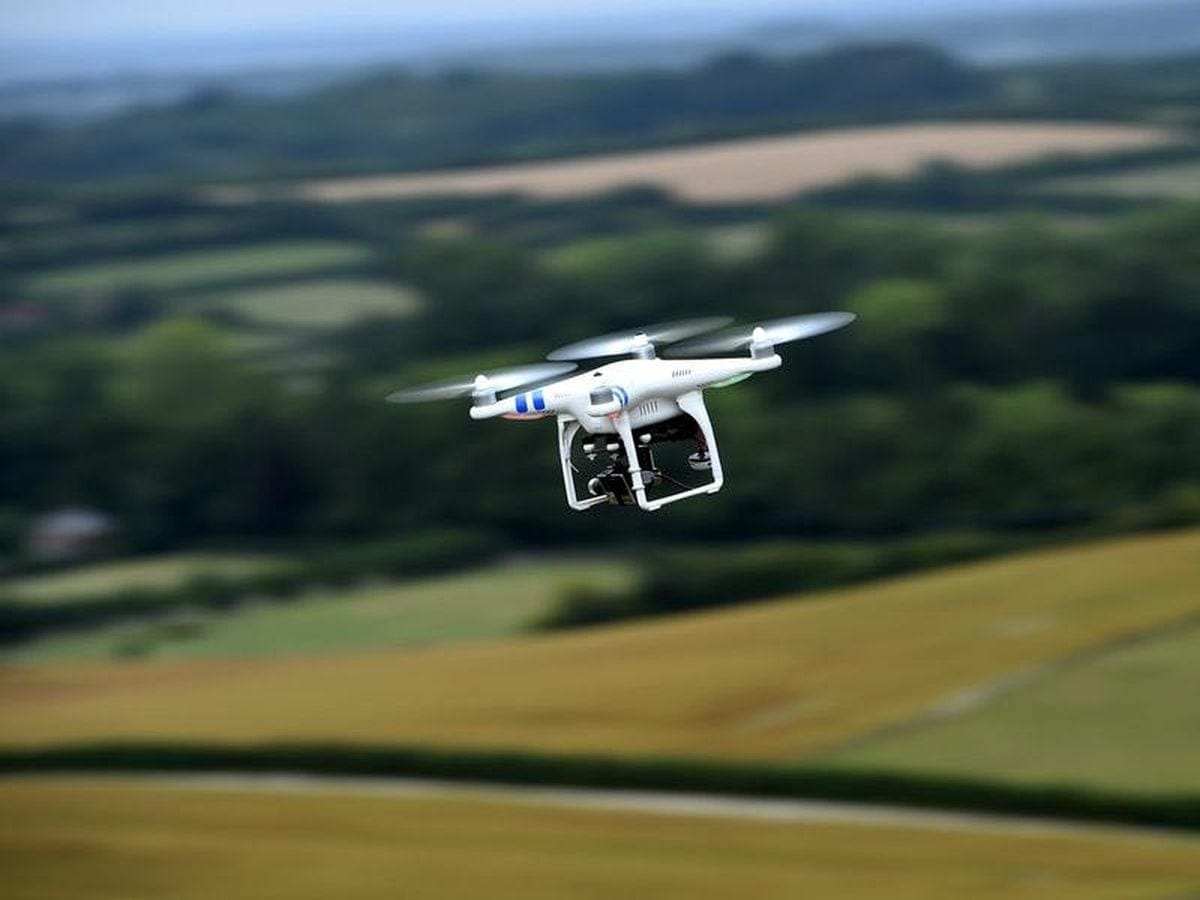On January 5, 2025, SpaceX achieved a significant milestone by launching its first Falcon 9 rocket of the year, successfully deploying the Thuraya 4 communications satellite into orbit. The mission took off from Cape Canaveral Space Force Station in Florida, continuing SpaceX’s impressive track record of reliable space launches. This launch not only underscores SpaceX’s operational efficiency but also highlights the growing importance of satellite communications in a rapidly evolving technological landscape.
The Thuraya 4 satellite, developed by Thuraya Telecommunications Company, is designed to enhance mobile communication services across the Middle East, Europe, and Africa. It is equipped with advanced technology that allows for seamless connectivity, enabling users to access voice and data services even in remote areas. The satellite’s deployment is expected to significantly improve communication capabilities for various sectors, including emergency services, maritime operations, and remote workforces.
The launch took place at approximately 10:00 AM EST, with the Falcon 9 rocket lifting off smoothly and reaching its intended orbit within the expected timeframe. Following its ascent, the rocket’s first stage successfully separated and returned to Earth, landing on a drone ship stationed in the Atlantic Ocean. This successful recovery of the first stage is a testament to SpaceX’s innovative reusability strategy, which aims to reduce the cost of space access and promote sustainability in the aerospace industry.
SpaceX’s Falcon 9 rocket has become a workhorse for both commercial and governmental missions since its debut in 2010. The rocket’s reliability and cost-effectiveness have made it a preferred choice for launching satellites, cargo resupply missions to the International Space Station, and crewed spaceflights. The successful launch of the Thuraya 4 satellite further cements Falcon 9’s reputation as a leading vehicle in the space launch market.
The deployment of Thuraya 4 is particularly timely, as global demand for satellite communication services continues to rise. With the increasing reliance on technology for both personal and professional communication, the need for robust and reliable satellite networks has never been more critical. Thuraya’s commitment to expanding its service offerings aligns with this growing demand, and the successful launch of Thuraya 4 positions the company to better serve its customers in the coming years.
As the space industry evolves, SpaceX remains at the forefront of innovation and efficiency. The company has consistently demonstrated its ability to meet the challenges of the modern space race, including the development of new technologies and the expansion of its launch capabilities. The successful launch of Thuraya 4 is just one example of how SpaceX is working to push the boundaries of what is possible in space exploration and satellite deployment.
Looking ahead, SpaceX has a busy launch schedule planned for 2025, with numerous missions lined up that will include both commercial satellite deployments and government contracts. The company is also making strides in its Starship program, which aims to facilitate deep-space missions and interplanetary travel. As SpaceX continues to innovate and expand its capabilities, the implications for the broader aerospace industry are significant.
The successful launch of the Thuraya 4 satellite not only marks a new chapter for Thuraya Telecommunications Company but also reinforces the importance of collaboration between private space companies and telecommunications providers. By working together, these entities can enhance global communication networks and ensure that people, regardless of their location, have access to essential services.
In conclusion, the launch of the Falcon 9 rocket carrying the Thuraya 4 communications satellite is a noteworthy achievement for SpaceX and the satellite communications industry as a whole. As we move further into 2025, the ongoing advancements in satellite technology and space exploration will undoubtedly continue to shape the future of communication and connectivity across the globe.



